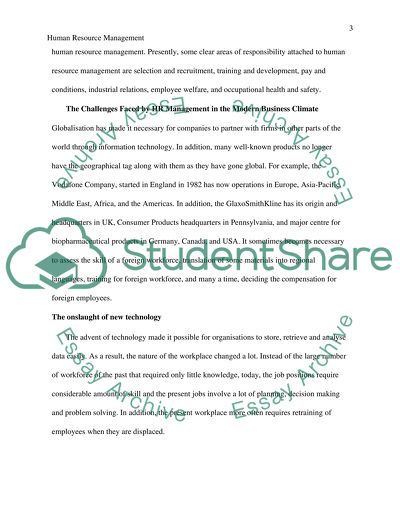Cite this document
(“Human Resources for Industry Essay Example | Topics and Well Written Essays - 2250 words”, n.d.)
Retrieved from https://studentshare.org/environmental-studies/1410075-human-resources-for-industry
Retrieved from https://studentshare.org/environmental-studies/1410075-human-resources-for-industry
(Human Resources for Industry Essay Example | Topics and Well Written Essays - 2250 Words)
https://studentshare.org/environmental-studies/1410075-human-resources-for-industry.
https://studentshare.org/environmental-studies/1410075-human-resources-for-industry.
“Human Resources for Industry Essay Example | Topics and Well Written Essays - 2250 Words”, n.d. https://studentshare.org/environmental-studies/1410075-human-resources-for-industry.


